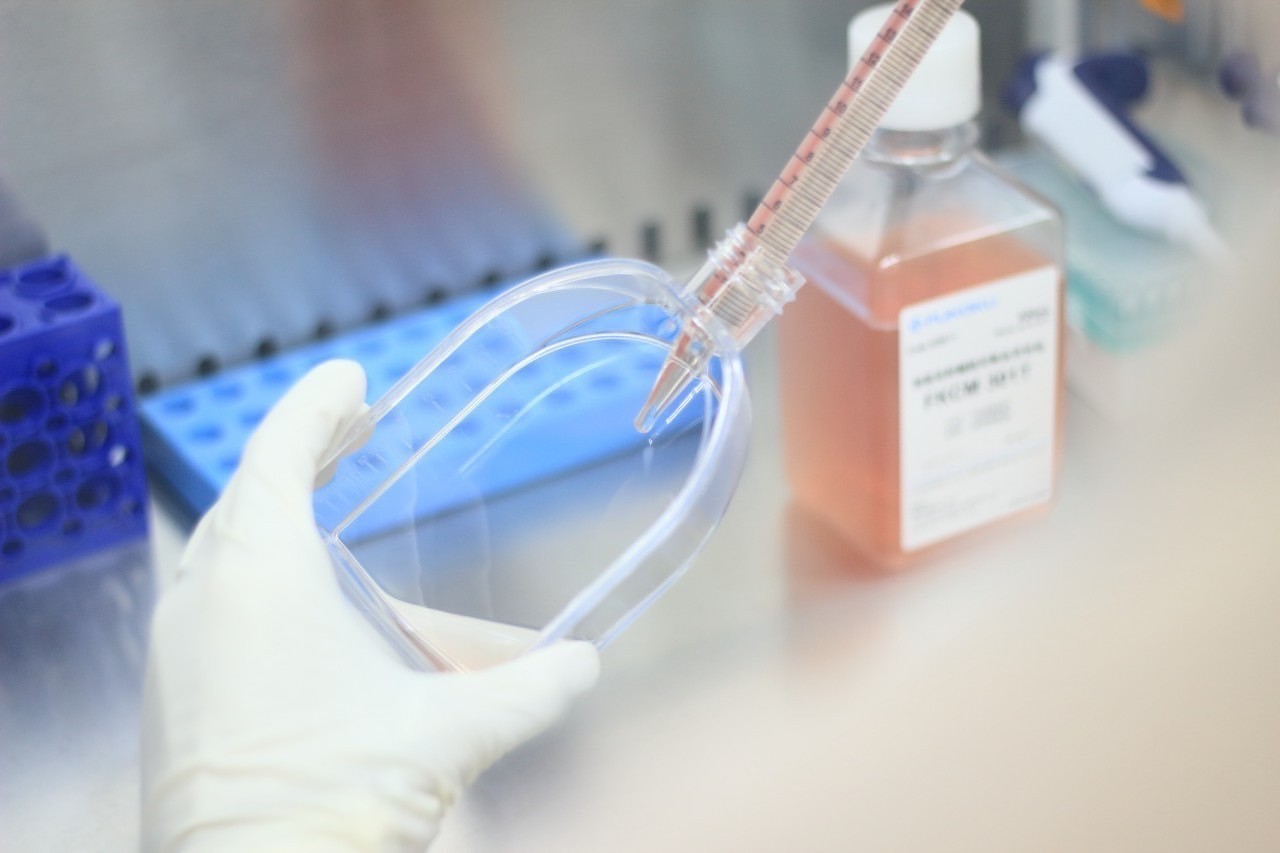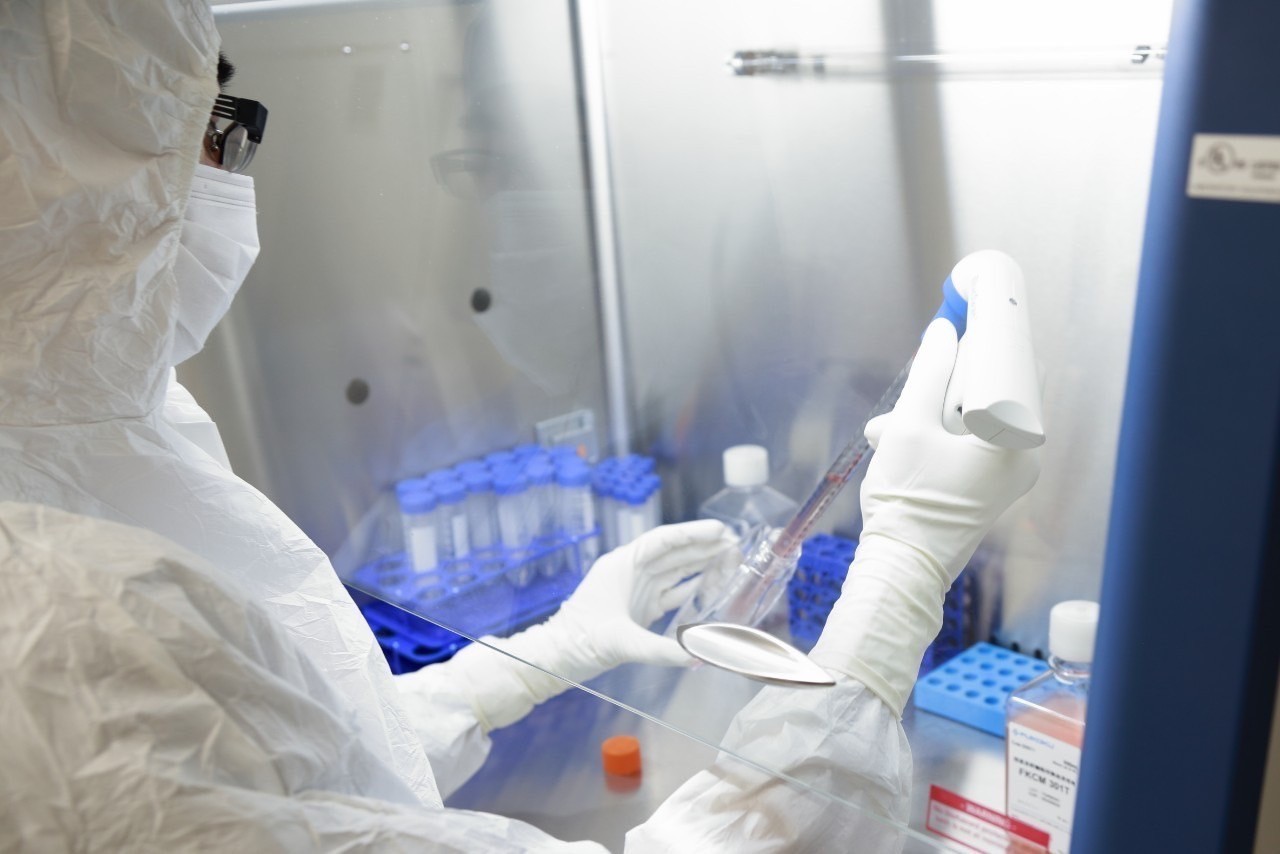NMN (NAD+) Therapy
What is NMN (NAD+) therapy?
NMN (full name is Nicotinamide Mononucleotide, also known as NAD+ precursor) is a key intermediate in the synthesis of Nicotinamide Adenine Dinucleotide (NAD+) – an essential enzyme for maintaining various important functions of the cell. Including metabolism, DNA repair, growth stimulation and maintaining cell survival.
Some outstanding features

The absorption and conversion of NMN into NAD+ helps the body improve insulin sensitivity, rearrange body dysfunction, prolong life and enhance cell function, especially nerve cells in the brain and cells in the cardiovascular system.

Slows down signs of aging, enhances metabolism, thereby providing abundant energy to maintain cell life activities.

Improve brain function, enhance memory and cognitive ability

Improve other age-related health problems in both men and women

Stem cell therapy
Stem cells (SC) are pluripotent cells. In a certain environment, they have the ability to self-regenerate and differentiate according to certain functions.
Blood Purification
Blood purification therapy is an advanced treatment that helps prevent atherosclerosis, which can lead to strokes and heart attacks. It removes harmful substances from the blood and provides anti-aging benefits to blood vessels.


Exosomes Therapy
Health Forecast
We provide a breakthrough solution to address aging concerns through advanced blood protein analysis. Our digital health service in Japan not only enables accurate detection and prediction of age-related conditions such as dementia, CKD, and various forms of stroke, but also prioritizes patient education for appropriate lifestyle changes. This technology aims to detect the possibility of future mortality so that customers can take early intervention and proactively prevent and protect their health to minimize the burden of disease and healthcare costs in the future.

Frequently Asked Questions
What are stem cells? What are the properties of stem cells?
WHAT ARE STEM CELLS?
Stem cells (SC) are multipotent cells. In a certain environment, they have the ability to self-regenerate and differentiate according to certain functions. According to the body's natural mechanism, when any cell or tissue is damaged, stem cells will automatically concentrate and move to that location to heal and restore the damage.
Stem Cell Technology brings outstanding value to the “Regenerative Medicine Technology” industry, with the ability to regenerate, replace, and repair defective and damaged cells. Stem cells are isolated and cultured in vitro to create healthy cells and then reinjected into the body.
human body is sampled. By this method, new cells will replace and repair damaged or dead cells. Therefore, Stem Cell Medical Technology is being used to treat incurable and dangerous diseases.
STEM CELL CHARACTERISTICS
- Feature 1: Differentiation feature (Cells maintain function by undergoing symmetric and asymmetric division.)
- Feature 2: Multi-functionality( Cells have the ability to differentiate into many types of cells. Including: unipotent cells, multipotent cells, and multipotent cells.)
- Feature 3: Low autoimmunity( Stem cells are primitive cells that have not yet differentiated.)
- Feature 4: Compatibility( Compatible with different bodies.)
What are the uses of stem cells?
Treatment of eye diseases:
In clinical studies and trials such as: macular degeneration, retinitis and optic nerve disorders.
Stem cells have the ability to repair and replace eye tissue cells and restore vision and function to the eyes.
Treatment of lung and respiratory diseases:
Perform autologous stem cell treatment for asthma, bronchitis, emphysema causing heart rhythm disorders.
Treatment of kidney disease:
Basic studies have shown that stem cells have the ability to differentiate differentiate into kidney-specific cells and renal parenchymal cells.
Therefore, the transplanted stem cells will successfully repair, replace or regenerate the kidney to maintain its working function.
Treatment of diseases related to the immune system:
Improve symptoms of immune-related diseases by using Stem Cells to regenerate the immune system, improve immune regulation of: liver disease, lupus erythematosus, rheumatoid arthritis and type 1 diabetes.
Cardiovascular disease:
Mainly atherosclerosis, vasculitis, vascular dysfunction, angiogenesis, myocardial infarction, etc. The most common is atherosclerosis.
Gynecological disorders:
Stem cells are one of the effective methods of treating infertility. Applied to some gynecological diseases: ovarian failure, endometrial damage.
Other:
Stem cells have the ability to repair, replace and improve the function of diseases of teeth, hair, skin wounds, endocrine disorders through the skin, and treat diseases of ectodermal function.
Stem cell sampling and culture process?
Adipose tissue stem cells are extracted fat that is separated, purified, cultured and cloned, used as precursor cells for fibroblasts, injected into the subcutaneous epidermis, below the blood vessels. By repairing, replacing, bringing about effective, improved skin, erasing wrinkles and scars.
TRIP 1
The client underwent cell sampling (mesenchymal fat cells) in the area behind the ear which took about 30 minutes.
Performing cell sampling behind the ear will ensure better aesthetics than taking it from the umbilical cord area.
TRIP 2
The client injects the selected stem cells into the body by drip or injection.
cultured from previously collected cell samples.
The procedure takes a maximum of 2 hours and the client can resume normal activities immediately.
Why should you choose Riso Clinic to provide stem cell services?
No. Stem cell therapy is an advanced technology, and facilities providing stem cell therapy must meet strict standards set by the Japanese government and must be licensed to operate. Riso Clinic is a regenerative medicine provider officially certified by the Ministry of Health, Labor and Welfare of Japan.
How many stem cells will be injected per treatment? Is there a limit?
In one treatment, you can get between 100 million and 200 million cells at a time. It can be injected intravenously, injected into the face and knees at the same time. In such cases, up to 200 million cells can be injected into each area.

